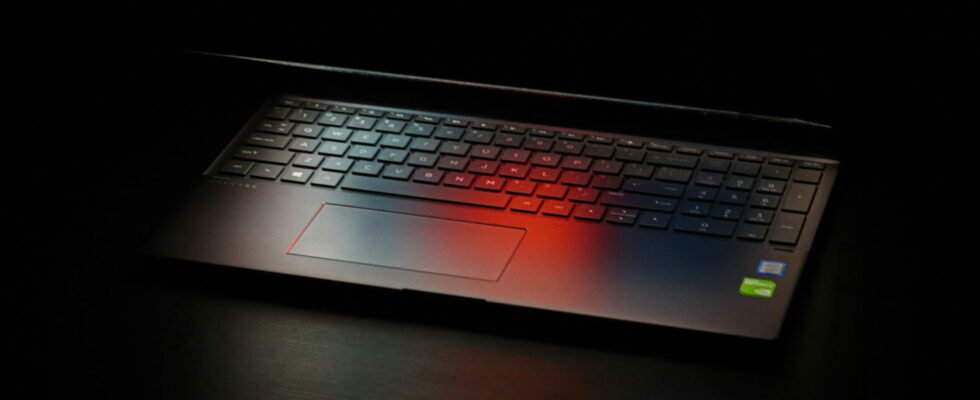To solve a big technical problem, you must perfectly reset a PC, by erasing all its content. But a simple precaution can avoid losing all your personal data.
Nowadays, Windows has become much more stable and easy to use than at the start of consumer computers. Although the Microsoft system is not perfect, it is rarer to have to reinstall it completely to solve a problem, and even when it is the case, it is often possible to keep its applications and files.
Often, but not always, and it is sometimes necessary to carry out a total reset of the PC or a “fresh installation” of Windows to overcome certain dysfunctions. And in this case, unfortunately it is necessary to format the hard drive or the SSD of your computer, and say goodbye to the precious data that was on it.
It is not, however, inevitable, and a small precaution that is easy to implement can allow you to keep all your files (documents, videos, music, etc.) even in the event of complete resettlement of the system. It was a common habit of PC users who got a little lost over time: storage partitioning.
The principle is simple: it is a question of dividing the storage space of your computer (hard disk or SSD) in several parts, which can communicate with each other (exchange files) and be cleaned (formatted) individually. It’s a bit as if you separated a two -part storage box, going up a partition fitted with a door: you can still transfer objects from one to the next, but also clean one of the parts without touching the other.
Do not worry, partitioning is a simple operation, which takes only a few minutes and requires no particular hardware or software. In addition, the procedure is exactly the same both on Windows 10 as on Windows 11, and you can refer to our practical guide, detailing all the steps to partition the disc of your PC with many screenshots.
Once the manipulation has been completed, you will then have a new partition on your storage space, to which you can access via the file explorer, as if it were an additional SSD, an external disk or a USB key. You can create folders, subfolders, save files of any type (photos, videos, music, documents, etc.) and even install applications. However, we do not recommend doing so.
One of the interests to partition your disk is to separate data (files) from programs (applications). Thus, we strongly recommend that you install Windows and your applications on the main partition, which is often called Local disc (C 🙂and reserve other partitions, which can for example be called Data (D 🙂for your data. By respecting this separation, you will be able to format the main disc to reinstall Windows in the event of a problem, while keeping your data in safety. Last advantage: you can more easily copy all the content of this score to save your personal data on an external disk that you shelter elsewhere, without having to rummage in all your files.
